DIY Laundry Detergent: Save $220 a Year and Go Plastic-Free!
In my ongoing quest to reduce monthly expenses, live more sustainably, and cut down on plastic waste, I’ve taken a big step toward making my household greener:
I started making my own laundry detergent. This simple switch has not only saved me a significant amount of money but also helped me reduce the amount of plastic packaging I use.
With the exception of the baking soda, which I bought in a large bulk bag, all the ingredients come in paper containers or boxes that can be recycled. This homemade laundry detergent recipe made three large containers of detergent, which, according to the recipe, should last me an entire year.
To put things in perspective, a year’s supply of store-bought powdered Tide, OxiClean, and fragrance beads would cost me around $260.
My homemade version costs just $40. That’s a savings of $220 a year! Once I finish my current bottle of fabric softener, I’ll be making that from scratch too. My daughter-in-law Devin has been making her own detergent for years, and she inspired me to give it a try.
In this article, I’ll share my journey, the benefits of making your own laundry detergent, and the simple recipe I use to keep my clothes clean, fresh, and chemical-free.
Why Make Your Own Laundry Detergent?
There are several reasons why making your own laundry detergent is a great idea, especially if you’re looking to save money, reduce waste, and be more sustainable:
- Cost savings: As I mentioned earlier, the cost difference is substantial. Store-bought laundry products can add up quickly, especially if you’re buying name brands. My homemade detergent costs a fraction of what I used to spend.
- Eco-friendly: By making your own detergent, you can significantly reduce the amount of plastic packaging you use. Most of the ingredients come in recyclable paper boxes, and you can buy baking soda in bulk to minimize waste.
- Control over ingredients: When you make your own detergent, you know exactly what’s going into it. There are no harsh chemicals, artificial fragrances, or unnecessary additives. This is especially important for those with sensitive skin or allergies.
- Simplicity: The recipe is incredibly simple and requires just a few basic ingredients. It takes only a few minutes to mix everything together, and you’ll have enough detergent to last for months.
DIY Laundry Detergent Recipe
This recipe is easy to follow, and the ingredients are readily available at most grocery stores or online. You’ll need a large container or several smaller containers to store the detergent once it’s mixed.
Ingredients:
- 1 box (4 lbs) of Borax
- 1 box (3.7 lbs) of Arm & Hammer Super Washing Soda
- 1 box (4 lbs) of Baking Soda
- 3 bars of Fels-Naptha soap (or any other laundry soap bar)
- Optional: 1-2 cups of OxiClean (for extra stain-fighting power)
- Optional: **Essential oils** for fragrance (lavender, lemon, or tea tree are great options)
Equipment:
- Cheese grater or food processor (to grate the soap)
- Large mixing bowl or bucket
- Airtight containers for storage
Instructions:
1. Grate the Soap
- Using a cheese grater or a food processor, grate the bars of Fels-Naptha soap into fine shreds. This will help the soap dissolve more easily in the washing machine.
2. Mix the Ingredients
- In a large bowl or bucket, combine the grated soap, Borax, washing soda, and baking soda. If you’re using OxiClean, add it to the mixture as well.
- Stir the ingredients together until they are evenly mixed. You can use a large spoon or your hands (just make sure to wear gloves if you have sensitive skin).
3. Add Essential Oils (Optional)
- If you’d like to add a natural fragrance to your detergent, now is the time to do it. Add 20-30 drops of your favorite essential oil and mix well. Lavender, lemon, and tea tree oil are popular choices for laundry detergent because of their fresh scents and natural antibacterial properties.
4. Store the Detergent
- Transfer the detergent mixture into airtight containers. You can use old laundry detergent containers, glass jars, or any other container with a secure lid. Be sure to label the containers so you know what’s inside.
5. Use the Detergent
- To use the detergent, add 2-3 tablespoons per load of laundry. For larger or heavily soiled loads, you can use up to ¼ cup. This detergent works well in both standard and high-efficiency (HE) washing machines.
Tips for Success:
- Dissolve in warm water: If you’re washing in cold water, dissolve the detergent in a cup of warm water before adding it to the washing machine. This ensures that the soap shreds dissolve completely.
- Boost with vinegar: For an extra boost of cleaning power, add ½ cup of white vinegar to the rinse cycle. This helps soften clothes and remove any lingering detergent residue.
- Store in a dry place: Keep your detergent in a cool, dry place to prevent it from clumping. If it does clump, just break it up with a spoon before using.
The Benefits of Homemade Laundry Detergent
1. Cost-Effective
As mentioned earlier, making your own laundry detergent can save you a significant amount of money. For just $40, I made enough detergent to last an entire year. Compare that to the $260 I would have spent on store-bought products, and the savings are clear.
2. Eco-Friendly
By making your own detergent, you’re reducing the amount of plastic waste that comes with store-bought detergents. Most of the ingredients come in paper or cardboard packaging, which can be recycled. Plus, you can buy baking soda in bulk to further reduce waste.
3. Gentle on Skin
Store-bought detergents often contain harsh chemicals, artificial fragrances, and dyes that can irritate sensitive skin. By making your own detergent, you can avoid these irritants and create a product that’s gentle on your skin and your family’s.
4. Customizable
One of the best things about making your own detergent is that you can customize it to suit your needs. You can add essential oils for fragrance, increase the amount of OxiClean for extra stain-fighting power, or leave out ingredients that you don’t need.
FAQs About Homemade Laundry Detergent
1. Is homemade laundry detergent safe for high-efficiency (HE) machines?**
- Yes, this detergent is safe for HE machines. It’s low-sudsing, which is important for HE washers. Just be sure to use the recommended amount (2-3 tablespoons per load).
2. Can I use this detergent for all types of fabrics?
- Yes, this detergent is safe for most fabrics, including cotton, polyester, and blends. However, for delicate fabrics like silk or wool, you may want to use a gentler detergent specifically designed for those materials.
3. How long does homemade laundry detergent last?
- A batch of this detergent should last about a year, depending on how often you do laundry. The ingredients are shelf-stable, so there’s no need to worry about them expiring.
4. Can I add fabric softener to this recipe?
- This recipe doesn’t include fabric softener, but you can add ½ cup of white vinegar to the rinse cycle as a natural fabric softener. I’m also planning to make my own fabric softener once I run out of the store-bought version I have on hand.
5. Does homemade detergent work as well as store-bought detergent?
- In my experience, yes! This detergent cleans my clothes just as well as the store-bought brands I used to buy. It’s effective at removing dirt, stains, and odors without the need for harsh chemicals.
Making your own laundry detergent is a simple, cost-effective way to reduce waste, save money, and take control of the products you use in your home.
With just a few basic ingredients, you can create a year’s supply of laundry detergent for a fraction of the cost of store-bought brands. Plus, you’ll be doing your part to reduce plastic waste and live more sustainably.
If you’re looking for a way to cut down on household expenses while making eco-friendly choices, I highly recommend giving this DIY laundry detergent recipe a try. It’s easy, effective, and a great step toward a more sustainable lifestyle.




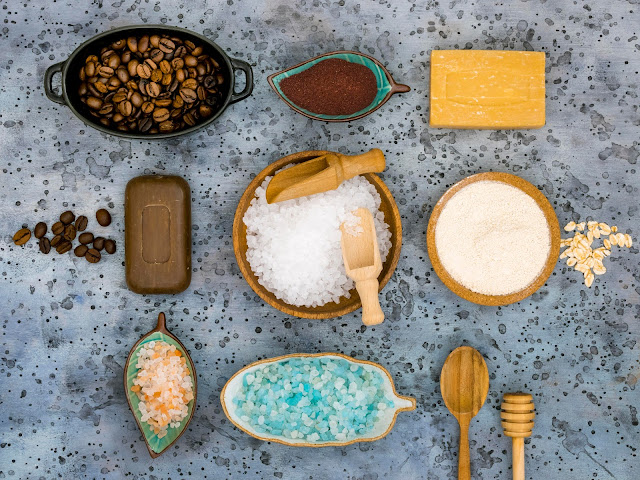

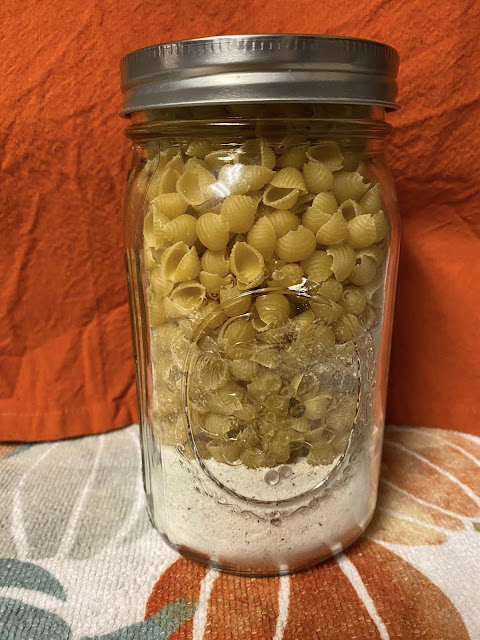




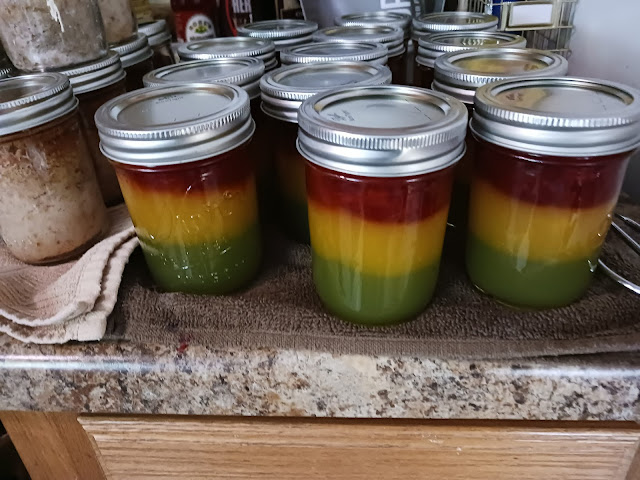

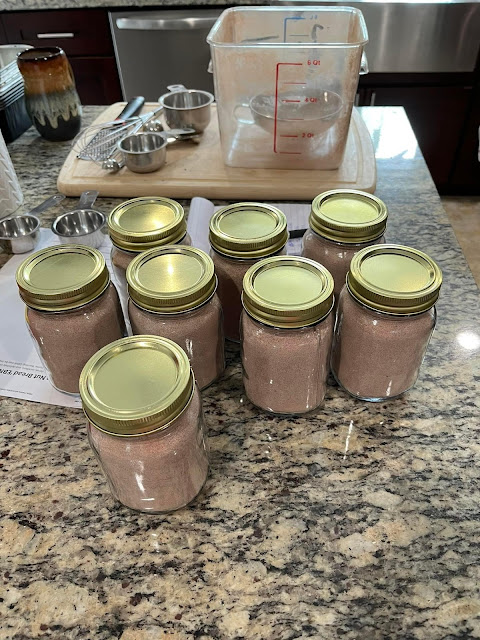

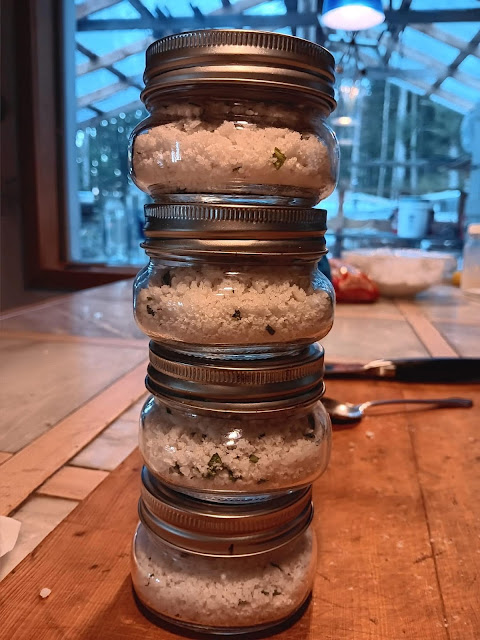
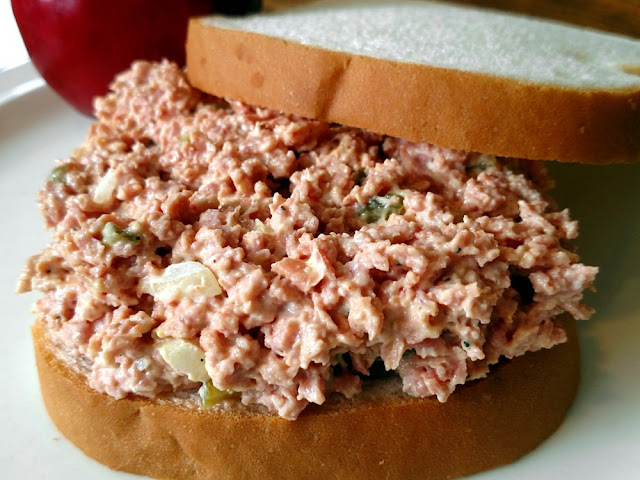



Comments
Thank you for sharing.
ReplyDeleteDoes Zote work as well as Fels Naptha?
ReplyDeleteYes, I have made it twice. Once with Fels Naptha & once with Zote both work excellently.
Delete